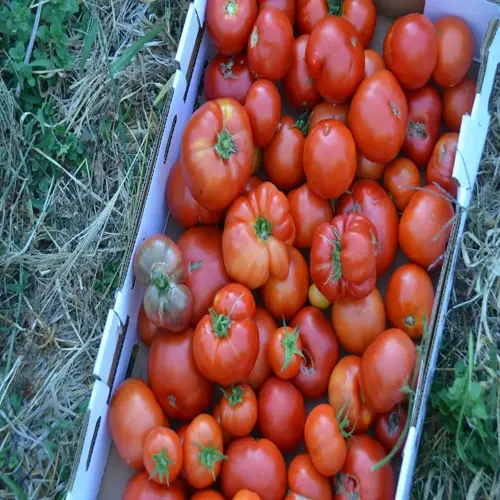How deep should aeration holes be?

Written by
Benjamin Miller
Reviewed by
Prof. Samuel Fitzgerald, Ph.D.Proper aeration depth is essential for lawn care. Holes must reach a minimum of three inches deep to benefit the grass roots the most. The three-inch depth allows water, oxygen, and nutrients to get below surface roots where soil compaction is most critical. I monitor my depth with marked flags on my aerator.
Proper technique and tools can achieve appropriate depth. Use a core aerator with adjustable tines set at a depth of three inches. Cover each section slowly and overlap previous rows by 50%. For compacted areas, make two passes at right angles. Water the lawn about 24 hours before aeration to make it easier for the aeration process to penetrate.
Root Development
- Encourages roots to grow 6-12 inches deep
- Strengthens drought resistance significantly
- Improves nutrient absorption efficiency
Water Management
- Reduces runoff by 50% in clay soils
- Increases water retention in sandy soils
- Prevents surface pooling and erosion
Compaction Relief
- Breaks up hardpan layers below surface
- Allows oxygen to reach microbial activity zones
- Reduces soil density by 20-30%
Shallow aeration of less than 2 inches gives little benefit. Holes left at the surface level are not reaching the critical root zone requiring relief. Water and oxygen stop too early, without relieving deeper soil compaction. I have observed lawns aerated shallowly, with no improvement after treatment.
As soon as you aerate your lawn, measure the depth of each hole. Insert a ruler to measure randomly across your lawn. If the size did not pass the test, you may want to adjust your equipment accordingly. Properly sized holes, three inches deep, will produce visible soil plugs on the surface of your lawn. These holes naturally break down and feed your lawn system.
Seasonal availability influences attainable depth. Moist soil in spring and fall facilitates deep ground penetration. Summer should be avoided when compacted ground resists deep tine penetration. Frozen ground compression in winter makes it the worst time to try to achieve depth. Schedule to aerate under conditions that will achieve optimal hole formation.
Read the full article: How to Aerate Lawn: The Complete Guide

